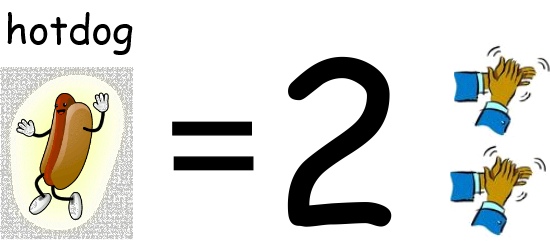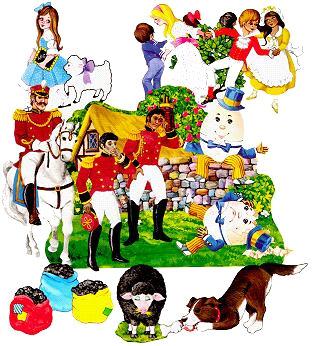
We ask children who are learning to read to ‘read out aloud’, but forget to tell them why. It is not just so we can hear they have decoded a word correctly. The important point is to encourage them to actively listen to what they are saying. The idea is that if they hear the words they will, if it is part of their vocabulary, understand their meaning and therefore fully comprehend the text they have read.
Many children, and grown-ups for that matter, do not enjoy or find reading difficult.
So, keep it short, simple and practical. We read all sorts of things as part of our daily activities but do not always ask our children to do the same or read them out aloud. If getting your child to read from their school reading books is proving to be a battle every day then don’t do it. Try getting them to read other things instead, such as:
- Packets/tins food labels and the cooking instructions;
- Simple recipes for meals you might cook (these can be from a book, magazine, phone, notepad or laptop),
- Ask family and friends to write a text or what’s App message to your child//children every day or two and get them to read them out aloud to you.
- 1 or 2 paragraphs from a suitable article about something they are interested in or enjoy, football, ballet, computer game reviews etc… (these can be from a book, magazine, phone, notepad or laptop). We all like to share information about things that are important to us.
Remember it is not about the number of pages they read but that they are understanding what they are reading and hopefully get an enjoyment from the experience. Who doesn’t like to read a message or letter from family or friends!

